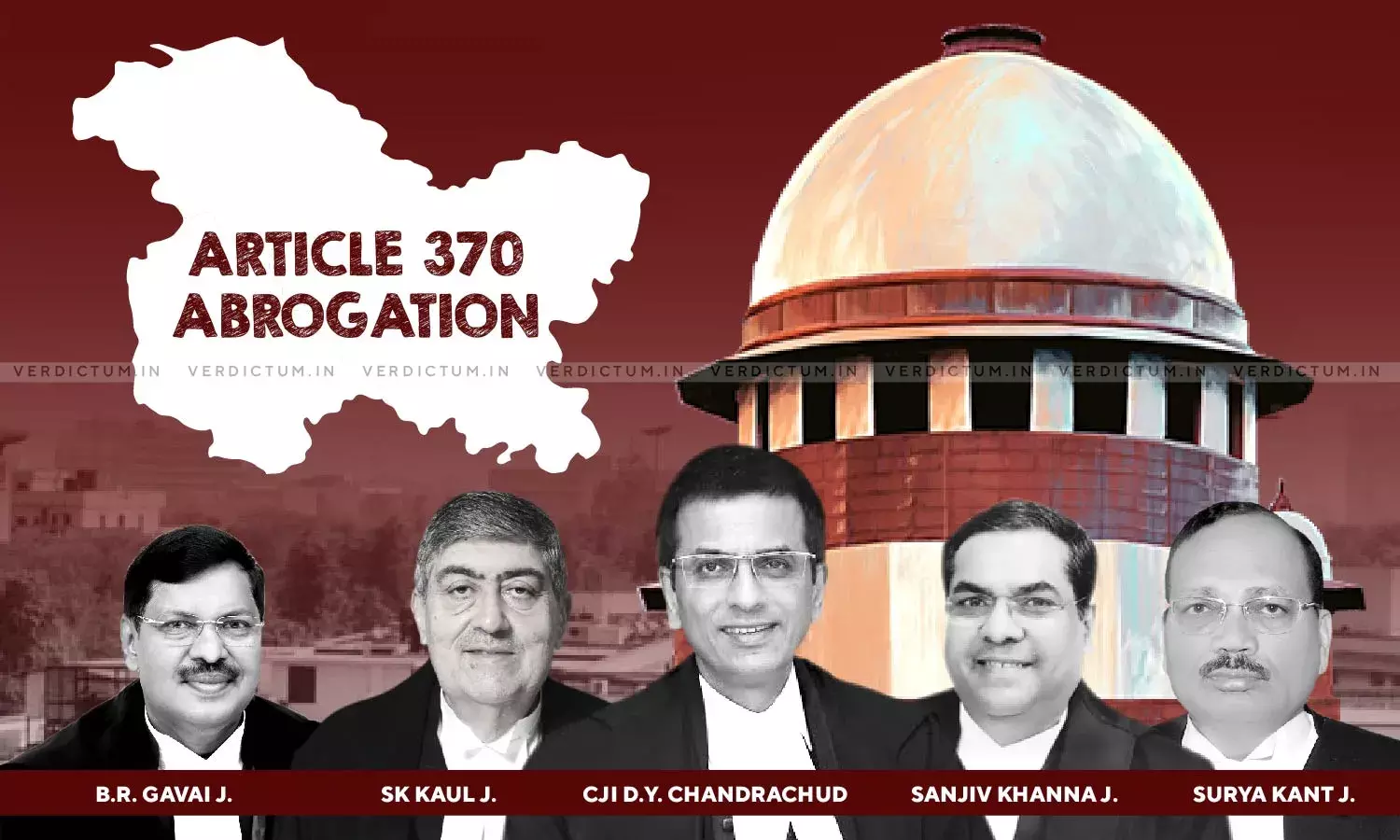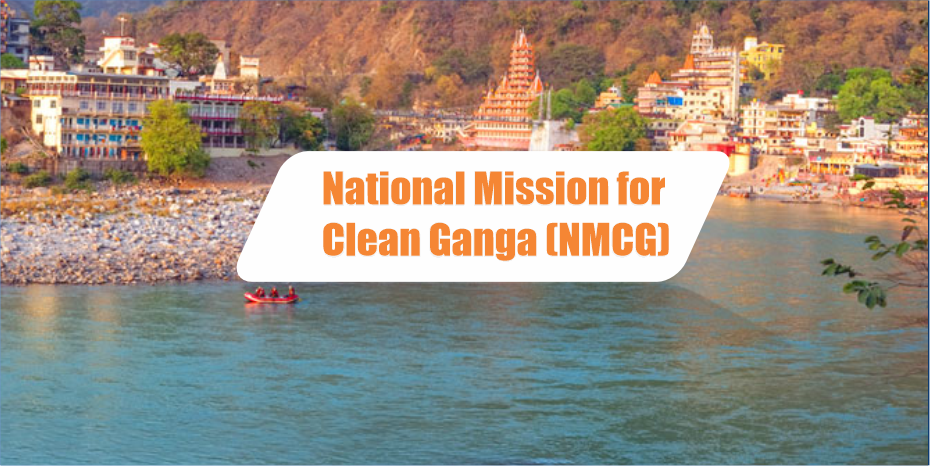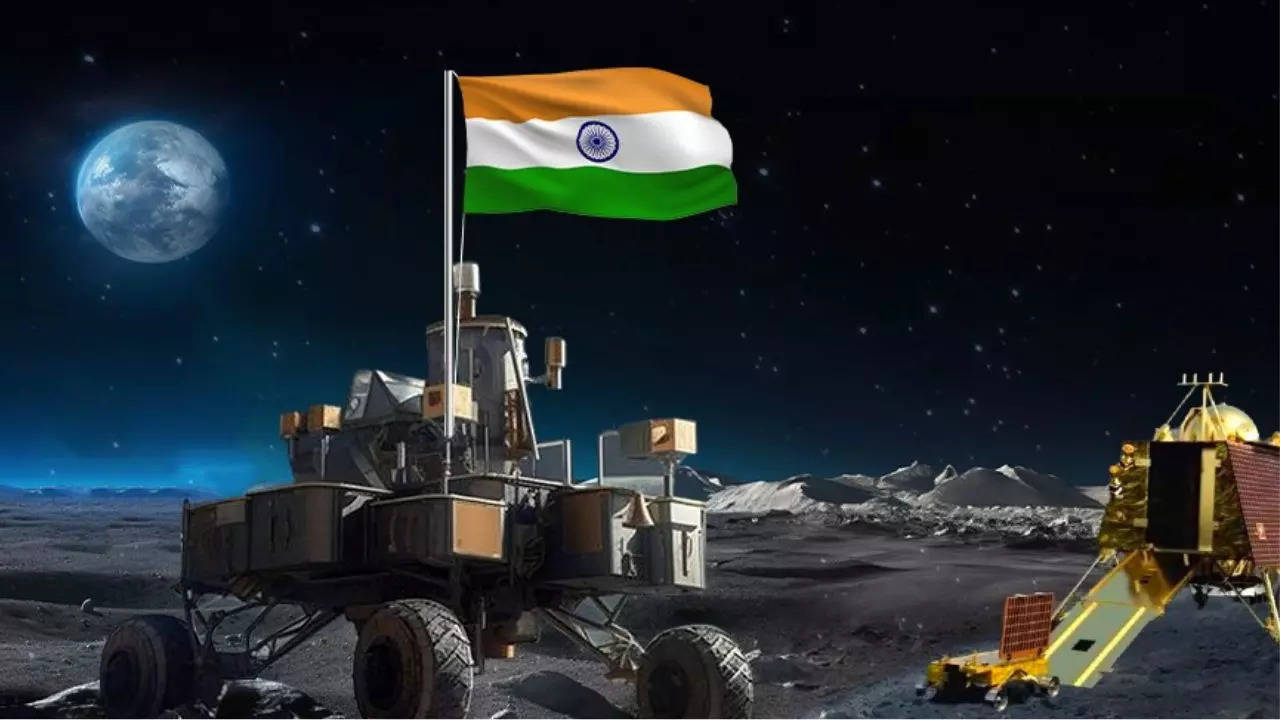ARTICLE 370

·
The
Supreme Court gave its decision on the Association government's 2019 move to
alter Article 370 of the Constitution. The revocation had finished the
exceptional status presented to the past province of Jammu and Kashmir. The
court held the Protected request that disavowed Article 370 as legitimate.
What is the New Judgment of the
supreme Court?
Jammu and Kashmir didn't Have Sway:
·
SC
saw that there is a lot of proof in Article 370 and the J&K Constitution to
show that concerning Kashmir, a consolidation understanding was not important
to give up its power.
·
Article
370(1) applied Article 1 of the Constitution of India (where J&K was
recorded as a Section III State) without any changes.
·
Section
3 of the J&K Constitution unequivocally expresses that "the Territory
of Jammu and Kashmir is and will be a fundamental piece of the Association of
India."
·
Segment
147 of the Indian constitution precluded any alterations to section 3, further
making the arrangement outright.
·
In
this manner, Court said that the Constitution of India, "turned into the
preeminent overseeing report of the land." Further, the Introduction to
the J&K Constitution shows a "unmistakable shortfall of… a reference
to power."
Article 370 is a Brief Arrangement:
·
The
SC depended on the way that the Constitution designers put Article 370 with the
impermanent and momentary arrangements contained To some extent XXI.
·
Then,
it brought up that the Instrument of accession (IoA) made it "crystal
clear" that Article 1 which expressed that "India that is Bharat will
be an Association of States" applied completely to J&K.
·
Protected
Legitimacy of Announcements Subject to President's Authority:
·
SC's
Seat agreed that the President has the ability to make "irreversible
changes, including the disintegration of the State Gathering," and that
the President's powers are held under wraps by "legal and sacred
investigation."
The Constitution of J&K Stands
Out of commission:
·
Court
held that it is as of now excessive for the Constitution of J&K through
which just certain arrangements of the Indian Constitution applied to J&K,
to exist.
·
The
implied however fundamental result of the use of the Constitution of India
completely to the Province of Jammu and Kashmir is that the Constitution of the
State is broken.
Set up a Reality and Compromise
Commission to Address Common freedoms:
·
The
SC suggested that the Association set up a "truth and compromise
Commission" very much like South Africa presented politically-sanctioned
racial segregation on explore common liberties infringement by both state and
non-state entertainers. The activity ought to be time-bound.
What was the Unique Status of
J&K?
About:
·
On
fifth August 2019, the Leader of India in the activity of the powers gave by
Article 370(1) of the Constitution gave the Constitution (Application to Jammu
and Kashmir) Request, 2019.
·
Through
this, the Public authority of India has made adjustments to Article 370 itself
(not renounced it).
·
With
this, the Public authority of India has decisively adjusted the connection
between the territory of Jammu and Kashmir and the Indian Association.
NATIONAL MISSION FOR CLEAN GANGA

·
The
National Mission for Clean Ganga (NMCG) has signed a Memorandum of Common
Purpose (MoCP) with the Mississippi River Cities and Towns Initiative (MRCTI).
·
MRCTI
represents 124 cities/towns situated along the banks of the Mississippi River,
in the United States.
·
The
NMCG has signed the MoCP on behalf of the River Cities Alliance (RCA). The
signing ceremony took place as part of the COP28, in Dubai.
What is the Mississippi River Cities
and Towns Initiative (MRCTI)?
·
The
MRCTI was created in 2012 to provide an influential voice for the Mississippi
River, dramatically increasing demand for effective river protection,
restoration, and management in Washington, DC.
·
It
addresses matters of mutual concern, including river water quality and habitat
restoration, flooding and floodplain issues, river-focused recreation,
sustainable economies, and celebration of the River culture and history.
What is River Cities Alliance (RCA)?
About:
·
The
RCA is a joint initiative of the Ministry of Jal Shakti (MoJS) & the
Ministry of Housing and Urban Affairs (MoHUA), with a vision to connect river
cities and focus on sustainable river centric development.
·
The
Alliance focuses on three broad themes- Networking, Capacity Building and
Technical Support.
·
Beginning
with 30 member cities in November 2021, the Alliance has expanded to 110 river
cities across India and one international member city from Denmark.
Objective:
·
The
RCA intends to facilitate knowledge exchange (online) for Indian cities to
learn new practices and approaches for urban river management.
·
It
will also be an opportunity for international cities to learn about experiences
in Indian cities, which may be relevant to their contexts.
What is the National Mission for
Clean Ganga (NMCG)?
About:
·
On
12th August 2011, the NMCG was listed as a society under the Societies
Registration Act, 1860.
·
It
acted as the implementation arm of the National Ganga River Basin Authority
(NGRBA) which was constituted under the provisions of the Environment
(Protection) Act (EPA),1986.
·
NGRBA
was dissolved in 2016 and replaced by the National Council for Rejuvenation,
Protection, and Management of River Ganga.
·
The
objective of the NMCG is to reduce pollution and ensure the rejuvenation of the
Ganga River.
·
Namami
Gange is one of the Coveted Programmes of NMCG to clean Ganga.
·
This
can be achieved by promoting intersectoral coordination for comprehensive
planning & management and maintaining minimum ecological flow in the river,
with the aim of ensuring water quality and environmentally sustainable
development.
Organization Structure:
·
The
Act envisages a five-tier structure at the national, state, and district levels
to take measures for prevention, control, and abatement of environmental
pollution in river Ganga as below:
·
National
Ganga Council under the chairmanship of the Hon’ble Prime Minister of India.
·
Empowered
Task Force (ETF) on river Ganga under the chairmanship of Hon’ble Union
Minister of Jal Shakti (Department of Water Resources, River Development and
Ganga Rejuvenation).
What are the Other Initiatives for
River Rejuvenation in India?
·
Ganga
Action Plan: It was the first River Action Plan that was taken up by the
Ministry of Environment, Forest and Climate Change in 1985, to improve the
water quality by the interception, diversion, and treatment of domestic sewage.
·
The
National River Conservation Plan is an extension to the Ganga Action Plan. It
aims at cleaning the Ganga River under the Ganga Action Plan phase 2.
·
National
Water Mission (2010): It ensures integrated water resource management leading
to water conservation, less wastage, and equitable distribution forming better
policies.
·
Clean
Ganga Fund: In 2014, it was formed to clean up the Ganga, set up waste
treatment plants, and conserve of biotic diversity of the river.
·
Bhuvan-Ganga
Web App: It ensures the involvement of the public in monitoring of pollution
entering into the river Ganga.
·
Ban
on Waste Disposal: In 2017, the National Green Tribunal banned the disposal of
any waste in the Ganga.
AMRIT TECHNOLOGY
·
The ministry of
Jal Shakti has revealed insight into the advancement of the Jal Jeevan Mission
and the Arsenic and Metal Evacuation by Indian Innovation (AMRIT).
What is AMRIT Innovation?
·
The innovation
was created by the Indian Organization of Innovation (IIT) - Madras. It is
intended for the expulsion of arsenic and metal particles from water, tending
to water quality issues.
·
The innovation
uses nano-scale iron oxy-hydroxide, which specifically eliminates arsenic when
water goes through it.
·
AMRIT is
appropriate for both homegrown and local area level water filtration.
·
The innovation
lines up with the more extensive objectives of the Jal Jeevan Mission, which
means to give protected and consumable faucet water to provincial families in
India.
·
The innovation
has been suggested by the 'Standing Council' of the Branch of Drinking Water
and Disinfection for thought in tending to water and sterilization challenges.
Note
·
Arsenic is a characteristic
part of the world's outside and is broadly circulated all through the climate
in the air, water and land. It is profoundly harmful in its inorganic
structure.
·
Long haul
openness to arsenic from drinking water and food can cause disease and skin
injuries. Ongoing harming of arsenic can cause Blackfoot illness (BFD), which
influences the veins in the lower appendages.
What
is the Jal Jeevan Mission?
About:
·
Jal Jeevan
Mission, sent off in 2019, is imagined to give protected and sufficient
drinking water through individual family tap associations by 2024 to all
families in country India by Practical Improvement Objective 6 (Clean Water and
Sterilization for all).
·
It imagines an
inventory of 55 liters of water for each individual each day to each provincial
family through Useful Family Tap Associations (FHTC) by 2024.
·
The Public
authority of India likewise sent off the Jal Jeevan Mission (Metropolitan)
which has been intended to give general inclusion of water supply through
utilitarian taps in every one of the 4,378 legal towns of India.
CHANDRAYAAN 3

·
Researchers
effectively brought the Impetus Module (PM) of the Chandrayaan-3 mission, which
brought the Vikram lander inside 100 km of the Moon's surface prior to
disengaging.
·
This memorable
occasion included a controlled plunge to the lunar surface and an effective
re-visitation of Earth circle.
What
is Mission Chandrayan?
·
India has sent
off a sum of three Chandrayaan Missions i.e., Chandrayan-1, Chandrayaan-2 and
Chandrayan-3.
Chandrayaan-1:
·
India's most
memorable mission to the Moon was Chandrayaan-1 sent off effectively in 2008.
Orbitting the Moon and mention objective facts with instruments on board was
planned.
Key
Discoveries of Chandrayaan-1:
·
Affirmed presence
of lunar water.
·
Proof of lunar
caverns framed by an old lunar magma stream.
·
Past structural
action was viewed as on the lunar surface.
·
The shortcomings
and cracks found could be highlights of past inside structural movement
combined with shooting star influences.
Chandrayan-2:
·
Chandrayaan-2 is
a coordinated 3-in-1 rocket comprising of an orbiter of the Moon, Vikram (after
Vikram Sarabhai) the lander and Pragyan (astuteness) the wanderer, all
outfitted with logical instruments to concentrate on the moon.
·
Launched: 22th
July 2019
·
Lander Vikram: It stays fixed in the wake of landing, and chiefly
concentrates on the moon's climate and seismic movement.
·
Meanderer
Pragyan: The Wanderer, a six-wheeled
sun oriented fueled vehicle, isolates itself and gradually creeps on a
superficial level, mentioning objective facts and gathering information.
·
Chandrayaan-2's
lander had crashed, or made a hard arriving, on the Moon's surface due to its
high speed.
·
In any case, its
orbiter is working well overall and this will speak with Chandrayaan-3 lander.
Chandrayaan-3:
·
It was India's
third lunar mission and second effort to accomplish a delicate arriving on the
moon's surface.
·
Launched: July
14, 2023.
Objectives:
·
To exhibit
Protected and Delicate Arriving on Lunar Surface
·
To exhibit
Meanderer wandering on the moon
·
To direct In-situ
logical analyses.
·
It comprises of a
native Lander module (LM), Drive module (PM) and a Meanderer with a goal of
creating and exhibiting new innovations expected for Interplanetary missions.
What
is the Chandrayaan-3 Drive Module?
·
Chandrayaan-3: It used a lightweight Impetus Module for the lander's
excursion to the Moon rather than a total orbiter.
·
SpectroPolarimetry
of Tenable Planet Earth (SHAPE): The Chandrayaan-3 impetus module conveyed a
solitary instrument called SHAPE.
·
It was an
exploratory payload intended to concentrate on Earth's attributes that make it
livable, meaning to recognize tenable exoplanets.
·
Pragyaan
Meanderer: The drive module isolated
from the lander, which conveyed the Pragyaan meanderer. It was expected to
circle the Moon for six extra months, with SHAPE noticing Earth.
KALA AZAR ELIMINATION
·
India remains near the precarious edge of
dispensing with instinctive leishmaniasis, ordinarily known as kala azar. With
an obvious decrease in revealed cases and passings, the country has verged on
gathering the disposal target set by the World Wellbeing Association (WHO).
·
Bangladesh, India's neighbor, was the primary
nation approved by the WHO for killing kala azar as a general medical
condition.
What is Kala-Azar?
About:
·
Instinctive leishmaniasis usually known as
kala-azar, is a sluggish advancing native illness brought about by a protozoan
parasite of variety Leishmania.
·
It is otherwise called Dark Fever or Dumdum
Fever.
·
In India Leishmania donovani is the main
parasite causing this illness.
Transmission and Side effects:
·
It is communicated by sandflies. Sandflies of
the sort Phlebotomus argentipes are the main known vectors of kala-azar in
India.
·
It causes fever, weight reduction, and spleen
and liver broadening. Whenever left untreated, it tends to be lethal in 95% of
cases.
Kept Cases in India:
·
India reported 530 cases and four passings in
2023, a downfall from earlier years.
·
Furthermore, there were 286 instances of
post-kala azar dermal leishmaniasis (PKDL).
Post Kala-azar Dermal Leishmaniasis (PKDL):
·
This condition emerges when Leishmania donovani
penetrates and flourishes inside skin cells, bringing about the arrangement of
skin sores.
·
In certain examples of kala-azar, PKDL arises
after treatment, yet presently it is accepted that PKDL could happen without
going through the instinctive stage. In any case, more information is expected
to comprehend how PKDL creates.
·
The instinctive stage alludes to the underlying
period of instinctive leishmaniasis (kala-azar), where the parasite influences
interior organs.
Treatment:
·
In India, the essential treatment for kala-azar
includes directing injectable liposomal amphotericin B.
·
For PKDL, the standard treatment comprises of 12
weeks of oral miltefosine, with the measurement changed in view of the
patient's age and weight.
Methodologies for End in India:
·
Viable Showering: Thorough checking of indoor
leftover showering to control sandfly rearing and sickness spread.
·
Wall Putting: Utilizing Gerrard soil for wall
putting to limit sandfly reproducing regions.
·
Treatment Consistence: Guaranteeing finish of
PKDL treatment through the ASHA (Licensed Social Wellbeing Dissident)
organization.
Note
·
WHO has set an objective of 2030 to wipe out
Kala-azar. The WHO's Disregarded Tropical Infections Guide likewise
incorporates this objective.
·
Legislature of India sent off a midway supported
Kala-azar control Program in 1990-91. The Public Wellbeing Strategy (2002)
imagined kala-azar Disposal by 2010 which was reconsidered later to 2015.
Presently Kala-azar is focused on for end by 2023 in India.